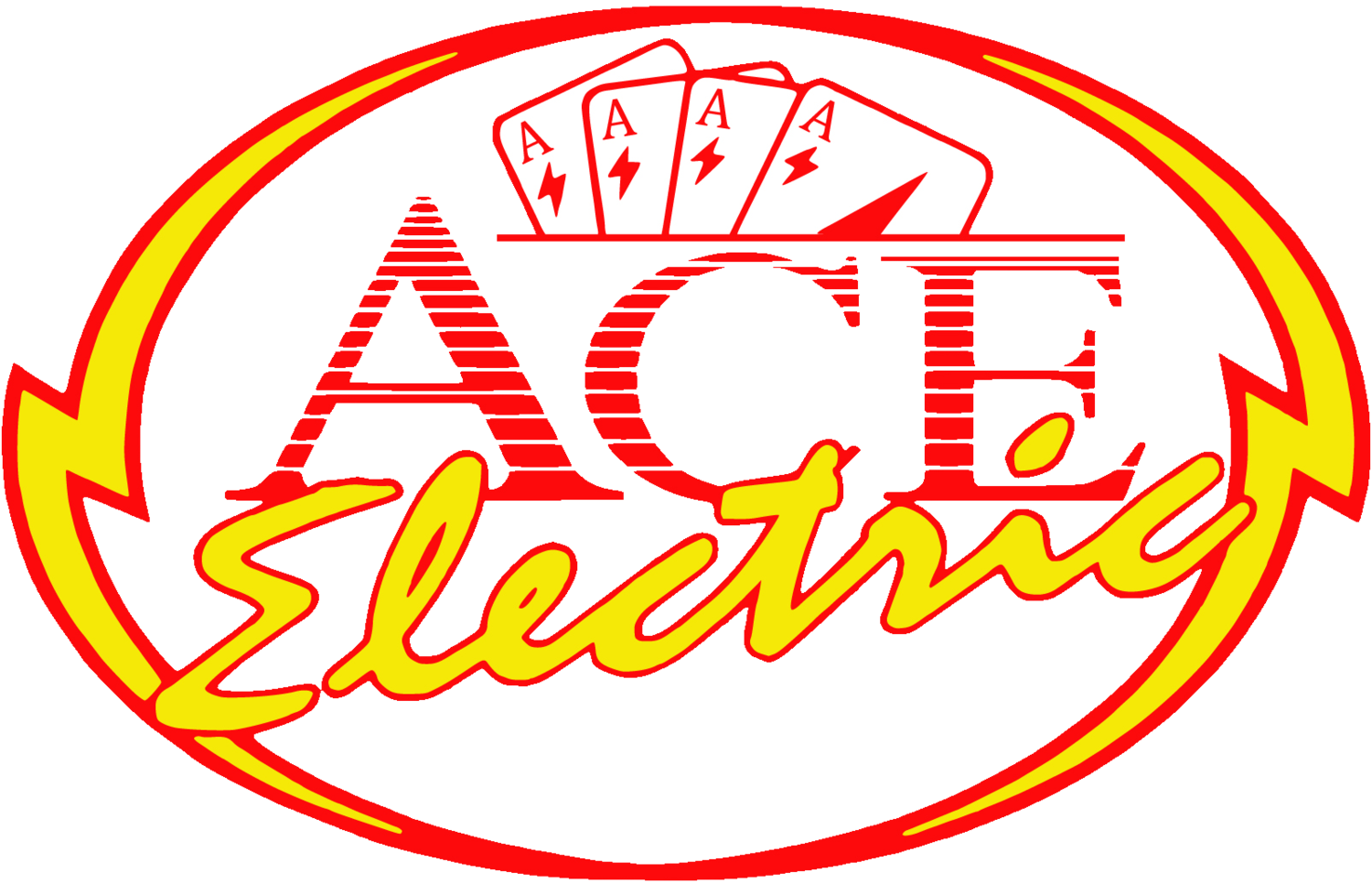Portable vs Standby
Portable Generators
Portable generators are a convenient and effective solution for providing backup power during outages or for powering outdoor events. These generators are designed to be portable and can be easily moved from one location to another, making them a versatile solution for providing temporary power. However, it's important to properly connect a portable generator to your home's electrical system to ensure safety and prevent damage to your appliances and electrical system.
A transfer switch is a device that allows you to safely connect a portable generator to your home's electrical system. A transfer switch acts as a bridge between the generator and your home's electrical panel, ensuring that power from the generator is supplied to your home's electrical system and not fed back into the electrical grid. This prevents electrical backfeed, which can be dangerous to utility workers and damage your electrical system.
Interlock kits are another solution for safely connecting a portable generator to your home's electrical panel. An interlock kit is a device that installs directly onto your electrical panel and allows you to easily switch between your home's electrical system and a portable generator. The interlock kit physically blocks the main breaker in the panel, ensuring that power from the generator is not fed back into the electrical grid. This provides an extra layer of safety and protection for your electrical system and appliances.
In conclusion, portable generators, transfer switches, and interlock kits are important components of a backup power solution. Whether you need to provide power during an outage or for an outdoor event, these devices can ensure that your generator is properly connected to your electrical system and that your appliances and electrical system are protected. By working with a licensed electrician, you can find the right solution for your needs and ensure that your backup power solution is safe and reliable. Ace Electric installs and supplies interlock kits and manual transfer switches for portable generators.
Permanent and Standby Generators
Portable generators and standby generators are two different types of generators that can be used to provide power in a variety of situations. Portable generators are designed to be moved from one location to another and are typically used for short-term power needs. They are usually powered by gasoline or diesel and are ideal for camping, tailgating, and other outdoor activities.
Standby generators, on the other hand, are designed to be permanently installed and are typically powered by natural gas or propane. They are ideal for providing backup power to a home or business in the event of a power outage. Standby generators are more expensive than portable generators, but are better suited for long-term power needs. Standby generators require an Automatic Transfer Switch (ATS), which detect power outages and immediately transfer your electrical systems from the utility power to generator power. Ace Electric does not install transfer switches for Permanent and Standby generators, but we’d be happy to provide a referral upon request!
What size do I need?
When choosing a generator for a home, it's important to consider the amount of kilowatts needed to power the appliances and systems that you want to keep running during a power outage. The kilowatt (kW) rating of a generator refers to the amount of electrical power it can produce. To determine the kilowatt requirement for your home, you need to add up the wattage of the appliances and systems you want to run simultaneously.
A typical home may require a generator with a capacity of 4-6 kW for basic needs such as lighting, refrigerator, and minimal power usage. If you have larger appliances such as central air conditioning, electric ovens, or well pumps, that you would like to run on generator power, you will most likely need at least 15 kW rated generator, which only Standby generators offer.

